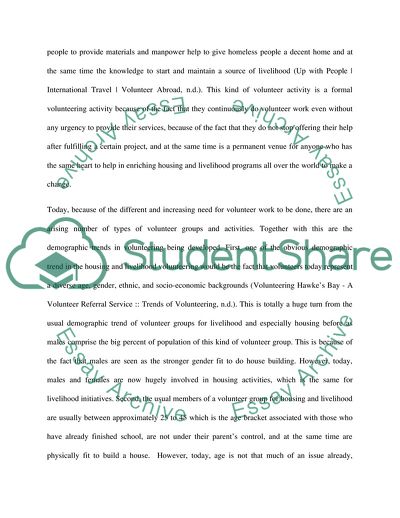Cite this document
(Analysis of a Volunteer Activity Assignment Example | Topics and Well Written Essays - 2000 words, n.d.)
Analysis of a Volunteer Activity Assignment Example | Topics and Well Written Essays - 2000 words. https://studentshare.org/social-science/1771345-analysis-of-a-volunteer-activity
Analysis of a Volunteer Activity Assignment Example | Topics and Well Written Essays - 2000 words. https://studentshare.org/social-science/1771345-analysis-of-a-volunteer-activity
(Analysis of a Volunteer Activity Assignment Example | Topics and Well Written Essays - 2000 Words)
Analysis of a Volunteer Activity Assignment Example | Topics and Well Written Essays - 2000 Words. https://studentshare.org/social-science/1771345-analysis-of-a-volunteer-activity.
Analysis of a Volunteer Activity Assignment Example | Topics and Well Written Essays - 2000 Words. https://studentshare.org/social-science/1771345-analysis-of-a-volunteer-activity.
“Analysis of a Volunteer Activity Assignment Example | Topics and Well Written Essays - 2000 Words”. https://studentshare.org/social-science/1771345-analysis-of-a-volunteer-activity.


